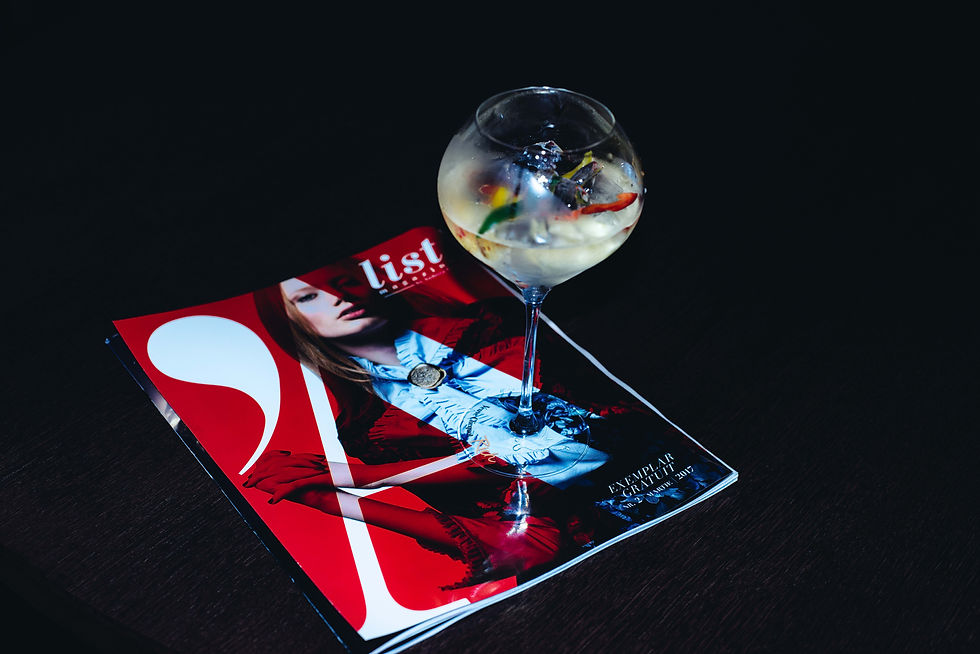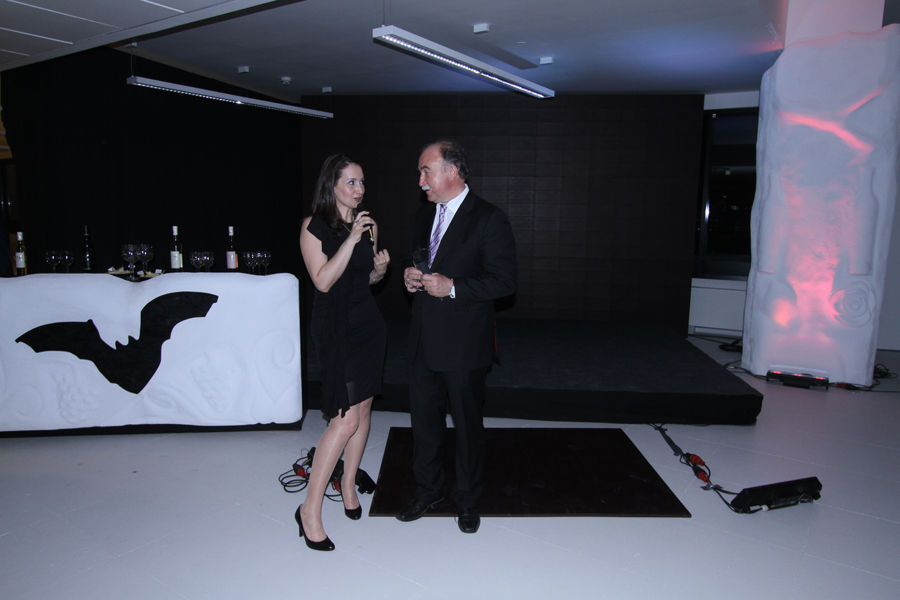INNOVATIONS AND PATENTS Inclusive wine labeling for visually impaired people
- office72964
- Feb 26
- 4 min read
Updated: Mar 20

At ArtVinium, our commitment to sensory marketing extends to creating a more inclusive world for people with visual impairments.
In collaboration with Tudor Paul Scripor, the inventor of the Scripor Alphabet (the tactile standardization of colors), we are proud to have developed the first system and guide for wine labeling that allows people with visual impairments to choose a wine from the shelf based on its color. This innovative color-coding system complements the Braille alphabet and transforms color into a universally valid symbol.
Our initiative aims to open new possibilities for wine appreciation within a community historically excluded from fully experiencing color—a key attribute in wine evaluation.
The Scripor Alphabet: Tactile Standardization of Colors
The Scripor Alphabet is a revolutionary extension of Braille for identifying colors. While Braille cells consist of six dots, a single Scripor Alphabet cell uses ten dots to represent a specific color. These additional dots can indicate brightness, darkness, saturation, or intensity. Its simple, universal design enables people with visual impairments to quickly read, write, and differentiate colors, regardless of language or geographical context.
“Color is one of the fundamental descriptors of wine. Until now, people with visual impairments had no direct way to ‘see’ or identify color on their own. By integrating the Scripor Alphabet on labels and accessories, we make the wine’s color accessible and meaningful to every wine lover.” — Ioana Bidian, Wine Expert & CEO of ArtVinium
From Labels to Accessories: Expanding Inclusivity
Wine Labels
Scripor color codes indicate whether the wine is red, white, or rosé.
Tactile symbols let consumers with visual impairments select a bottle independently from a shelf, bridging a significant gap in wine retail.
Wine Glasses
Color symbols can be easily added to wine glasses. This means glasses for white vs. red wine can now be identified not just by shape and size but simply by touching the color symbols.
This system can be integrated during glass production or by using specially made holders. In this way, users can know whether they are tasting a white, rosé, or red wine—be it in social or professional settings.
Wine Bottle Stoppers and Closures
Stoppers that preserve the wine after opening can be personalized with color symbols, helping users remember the color of the wine bottle they opened—even after a few days in the fridge.
WineTasting Guide in Braille and Scripor Alphabet
As a complement to this innovation, the ArtVinium team has created a tasting guide, a complete introduction to color, aroma, and taste for people with visual impairments. By following the steps of a tasting, they can identify the relationships among wine color, aroma, and flavor. It reinforces the link between tactile color codes, aroma, and flavor profiles, providing the same multisensory framework that sighted tasters experience.
“I associate wine with moments of joy and socializing. By combining the Scripor Alphabet with wine labeling, we extend these moments to everyone, regardless of their visual abilities.”— Tudor Paul Scripor, Inventor of the Scripor Alphabet
Sensory Marketing for an Underserved Community
Wine tasting typically follows a sequence: sight, smell, taste, and tactile sensations. Color sets expectations for aroma and taste, but people with visual impairments traditionally rely on a companion to describe color. Our solution changes this dynamic:
Tactile color recognition promotes independence, enabling users to form mental connections among color, smell, and taste.
Enhanced smell and taste: People with visual impairments often have a heightened sense of smell and taste, making wine exploration even more engaging when combined with tactile color cues.
Inclusive social experience: No longer limited to verbal descriptions, guests with visual impairments can enjoy a personal, hands-on approach to wine appreciation at home, in restaurants, or at tasting events.
Debut at WineUp Fair in Transylvania
At the WineUp Fair in Transylvania (Cluj-Napoca, Romania, May 27–29, 2022), the ArtVinium team and The Scripor Alphabet showcased:
Prototype Labels and Accessories: Demonstrating how color codes appear on bottles, glasses, and bottle closure systems.
Blind Masterclass: “Guess the wine color using only smell and taste,” aimed at raising awareness about the need to apply tactile color codes. Participants explored wine color without the sense of sight, highlighting the value of tactile color codes for people with visual impairments.
Braille and Scripor Wine Tasting Guide: Offered free to visually impaired visitors, complete with audio clips and a detailed explanation of how to read and use the Scripor Alphabet for wine.
“We hope producers will embrace this voluntary labeling concept. By standardizing color symbols on wine labels and accessories, consumers with visual impairments can confidently select, serve, and enjoy wines from any region or producer.”— Ioana Bidian, Wine Expert & CEO of ArtVinium
A Step Toward a Colorful, Inclusive Future
Globally, at least 2.2 billion people have near or distance vision impairment. By integrating the Scripor Alphabet and our expertise in sensory marketing, ArtVinium aims to break barriers and bring joy not only in wine but also in clothing, games, toys, and even painting—in all its colorful splendor—to a wider community.
This initiative demonstrates our passion for innovation and the belief that truly remarkable sensory marketing embraces each individual, ensuring that no one is left in the dark when it comes to color.
Interested in Adopting This Innovation?
Contact us at office@artvinium.ro to learn more about implementing the Scripor Alphabet on wine bottles, accessories, and tasting guides. Together, we can make the world of wine more inclusive and enriching for everyone.
Are you interested in learning more or adapting and implementing our solutions for fashion design, toys, games, retail stores, or any other products where color perception can make a difference in a multisensory world? Get in touch at office@artvinium.ro.



Comments